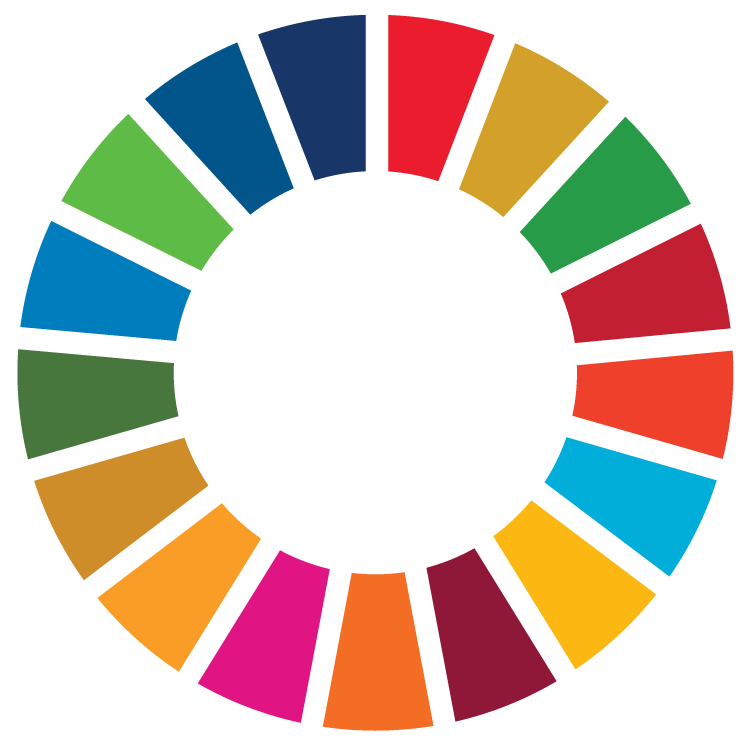Text traduït
Aquesta assignatura s'imparteix en anglès. El pla docent en català és una traducció de l'anglès.
La traducció al català està actualitzada i és equivalent a l'original.
Si ho prefereixes, consulta la traducció!
Texto traducido
Esta asignatura se imparte en inglés. El plan docente en español es una traducción del inglés.
La traducción al español está actualizada y es equivalente al original.
Si lo prefieres, ¡consulta la traducción!
Original text
This subject is taught in English. The course guide was originally written in English.
Course
Physical Education and Sports Sciences
Subject
Drama Projects in Physical Education
Type
Optional (OP)
Credits
6.0
Semester
2nd
| Group | Language of instruction | Teachers |
|---|---|---|
| G11, classroom instruction, mornings | English | Guadalupe Patricia Del Razo Martínez |
Sustainable Development Goals (SDG)

- 3. Good health and well-being
- 4. Quality education
- 5. Gender equality
- 16. Peace, justice and strong institutions
Objectives
This subject focuses on how to plan, implement and evaluate performing art projects in the physical education classroom. Combining education and art with sport offers a highly effective formative experience that can be led by anyone working in any form of educational context. This subject pursues a learn-by-doing methodology: do, reflect, apply; while incorporating an intersectional perspective.
Overall objectives
- To build, develop and reflect on embodied, acquired and situated knowledge.
- To understand different ways of integrating art and body poetics and practices in the PE classroom.
- To acquire experience in social theatre techniques to analyse diverse contexts.
- To explore, learn and practice a range of performative nature projects in order to expand the expressive and perceptive skills.
Learning outcomes
Under review. Pending publication
Content
- Body, movement, and expression
- Situated body knowledge
- Embodying performance
- Performing arts, games and physical education
- Performing arts projects and educational contexts
- Intersectional approach to body practices
- Developing performing arts projects in physical education classrooms (Case Studies)
Evaluation
- Continuous performance assessment: 40%; retake is not permitted
- Collective report: 30%; retake is not permited
- Individual written project: 30%
In order to pass the course, the student must have completed 85% of assistance.
Methodology
The spirit of the subject is that of a creative workshop. Therefore during this course students will engage in a wide range of body practices, including movement exercises, vocal exercises, and improvisation games. These skills will be developed through the principle of learning by doing, experimentation and project implementation. The final goal is to express diverse identities, interact outside usual environments and explore alternative ways of conviviality.
Teaching methods will include:
- Directed activities
- Project-based learning
- Case studies
- Group work presentations
There will also be supervised activities such as specific student portfolio activities, as well as independent work such as preparation of projects, practical activities, readings, learning activities, exams and online work using the virtual campus.
Bibliography
Key references
- Arthur and Marilouise Kroker (Ed.) (1993). The Last Sex. Feminism and Outlaw bodies. Retrieved from https://dspace.library.uvic.ca/bitstream/handle/1828/7117/Kroker_Arthur_TheLastSex_1993.pdf?sequence%3D4
- bell hooks (1994). Teaching to Transgress: Education as the Practice of Freedom. Retrieved from https://sites.utexas.edu/lsjcs/files/2018/02/Teaching-to-Transcend.pdf
- Gayatri Chakravorty Spivak (2012). An Aesthetic Education in the Era of Globalization. Retrieved from https://huminst.uic.edu/wp-content/uploads/sites/412/2019/11/gayatri-chakravorty-spivak-an-aesthetic-education-in-the-era-of-globalization.pdf
- Peggy Phelan and Jill Lane (1998). The Ends of Performance. New York University Press.
- Richard Schechner (2002). Performance Studies. An Introduction. Routledge.
Further reading
Teachers will provide complementary bibliography and compulsory reading throughout the course via the Virtual Campus.